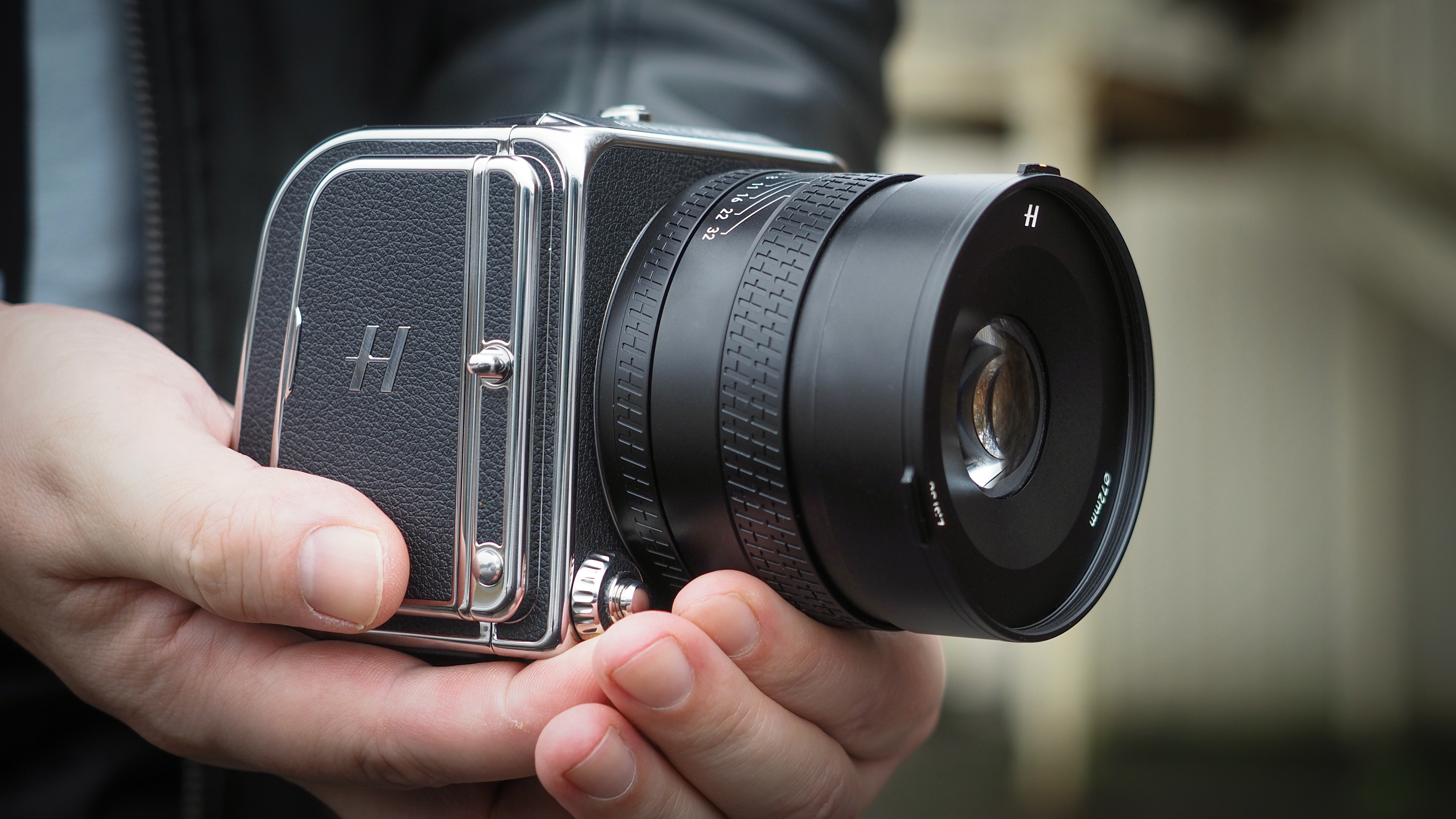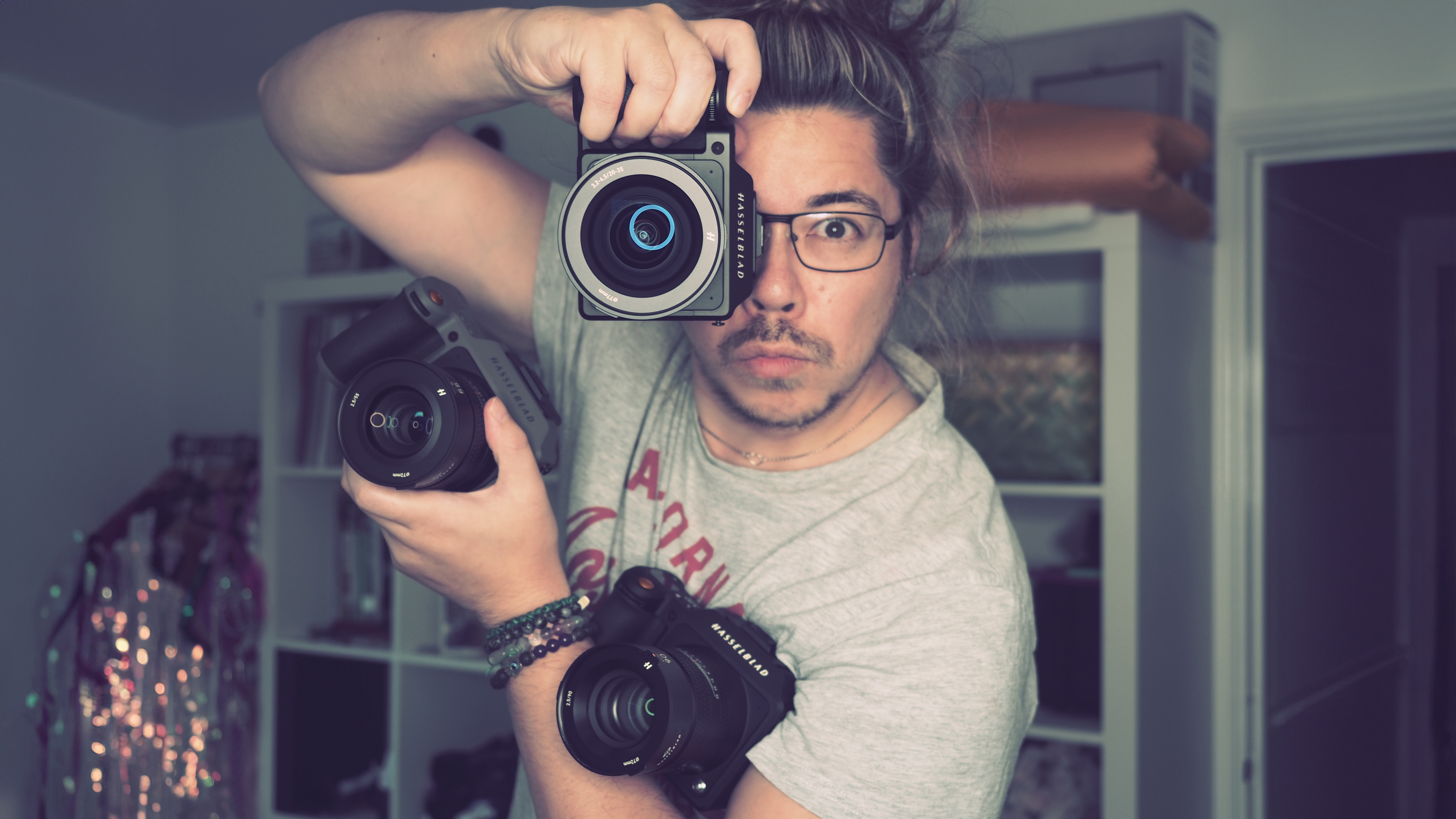The best Hasselblad cameras: Want ultimate luxury and supreme photographic performance? Look no further
For unmatched experience and image quality, the best Hasselblad cameras are the finest photographic tools
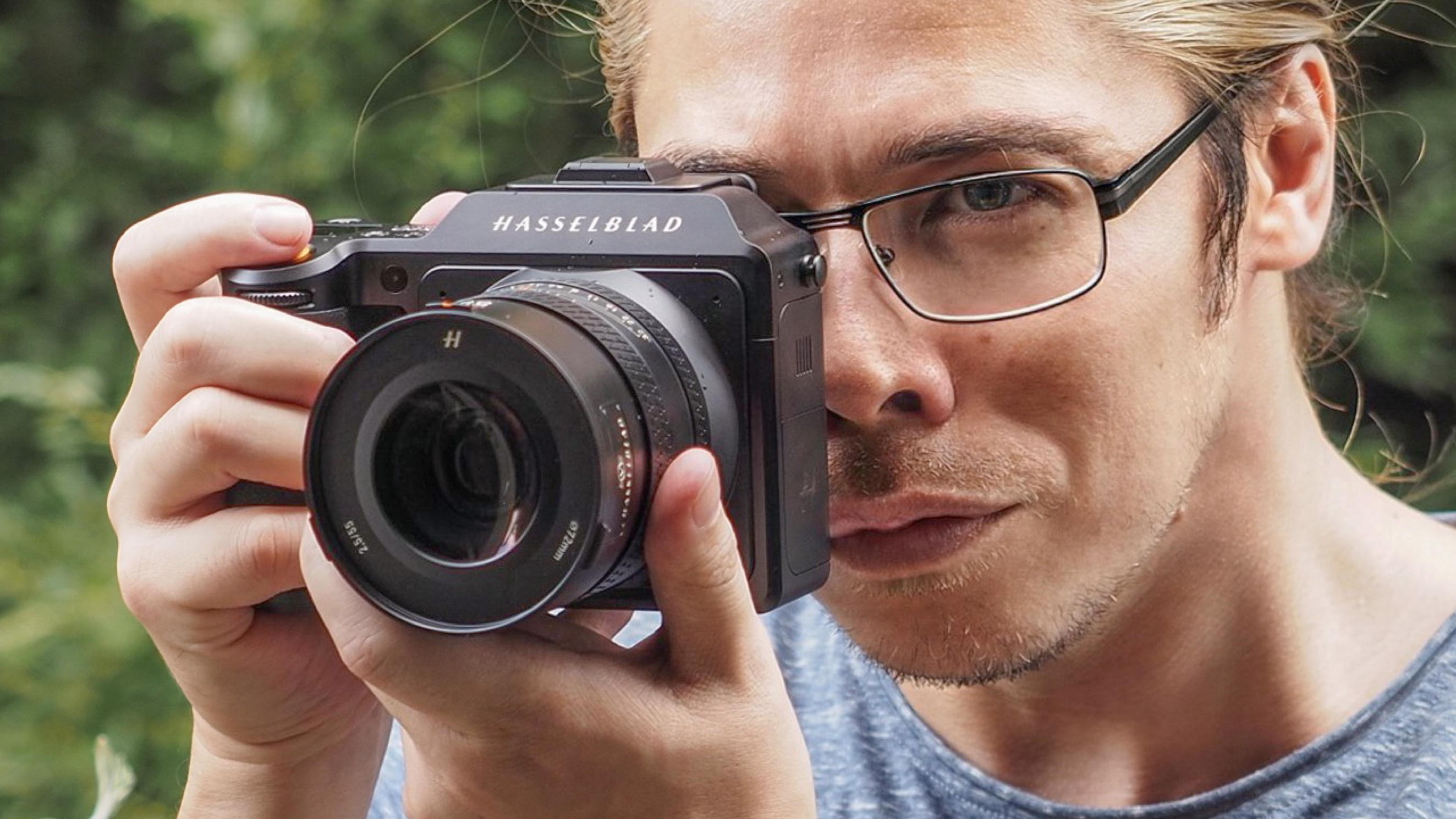
I've been using the best Hasselblad cameras for over half a decade. And aside from peerless luxury, I can honestly say that their performance for pure photography is truly unmatched.
Of course, you expect the wow factor from cameras that carry these kinds of price tags. But the best Hasselblad cameras are more than just luxurious to use; they pair 100MP resolution with unrivalled color science and dynamic range, enabling you to take 16-bit photographs with trillions of tones for supremely accurate color, genuine dimensionality and true HDR output.
Hasselblad has been around since 1841 and has broken ground throughout its existence, from putting the first camera on the moon to making the first mirrorless medium format cameras. And while Fujifilm's GFX line might be more mainstream, the X System continues to break ground before its rival.
Case in point, technology from parent company DJI is now bleeding into Hassy bodies – so best Hasselblad camera, the X2D II 100C, is the first mirrorless camera to possess LiDAR autofocus, in addition to having best-in-the-industry image stabilization (10 stops) and dynamic range (15.3 stops).
And of course, these cameras are all hand-assembled at the company's factory in Gothenburg, Sweden. If you're looking for the best photo quality possible (and you really don't care about video, because none of these cameras can shoot it!), these are the best Hasselblad cameras on the market right now…
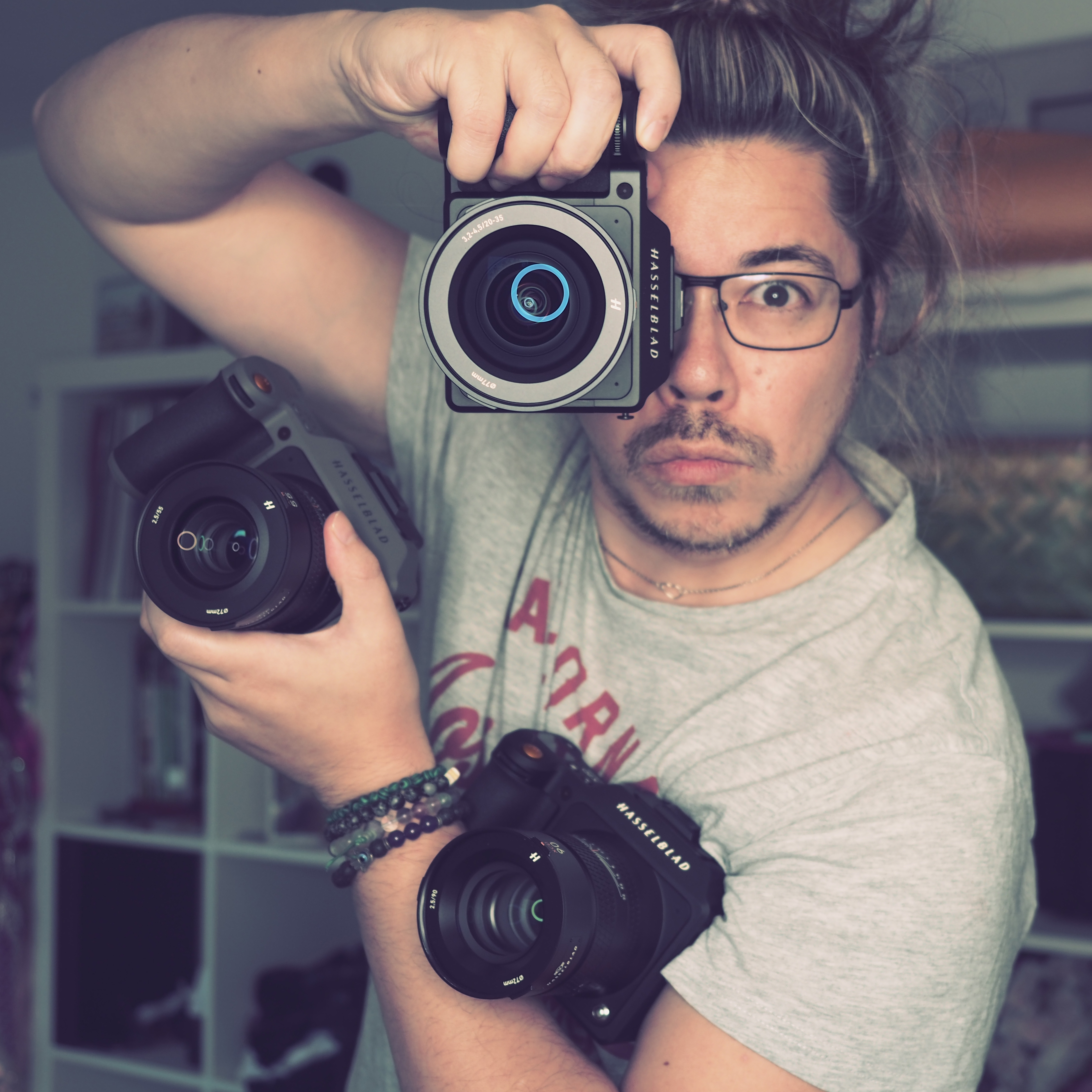
After dallying with Hasselblad film cameras many moons ago, I jumped aboard the mirrorless X System in 2019 with the launch of the X1D II. Since then I've used Hassy cameras and lenses extensively for professional work and personal projects in equal measure. I've even started adapting old M42 glass to really stretch this system's potential!
The Quick List

The best medium format camera for photography – period! The X2D II adds 10 stops of stabilization, 15.3 stops of dynamic range, continuous AF powered by algorithmic subject detection and LiDAR autofocus. All that plus a joystick and an improved rear screen!
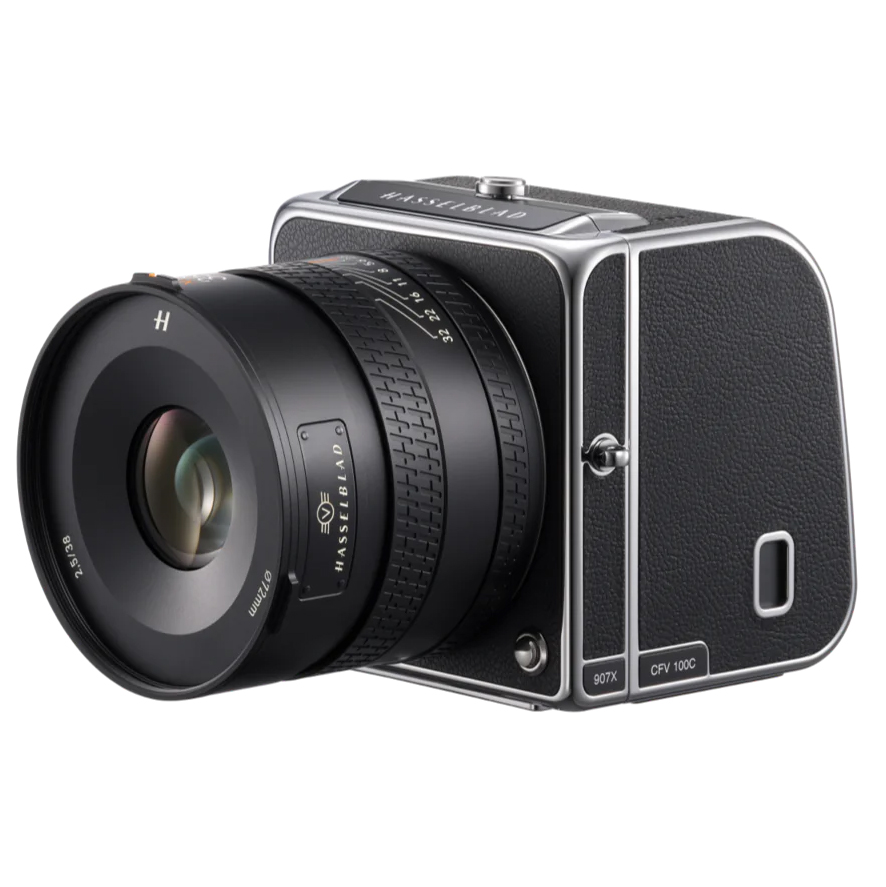
The Hasselblad 907X & CFV 100C, with 100MP resolution and XCD lens compatibility, boasts a modular design. The CFV 100C digital back can also connect to legacy Hasselblad 500 bodies, as well as technical cameras. For adaptability, it's unmatched.
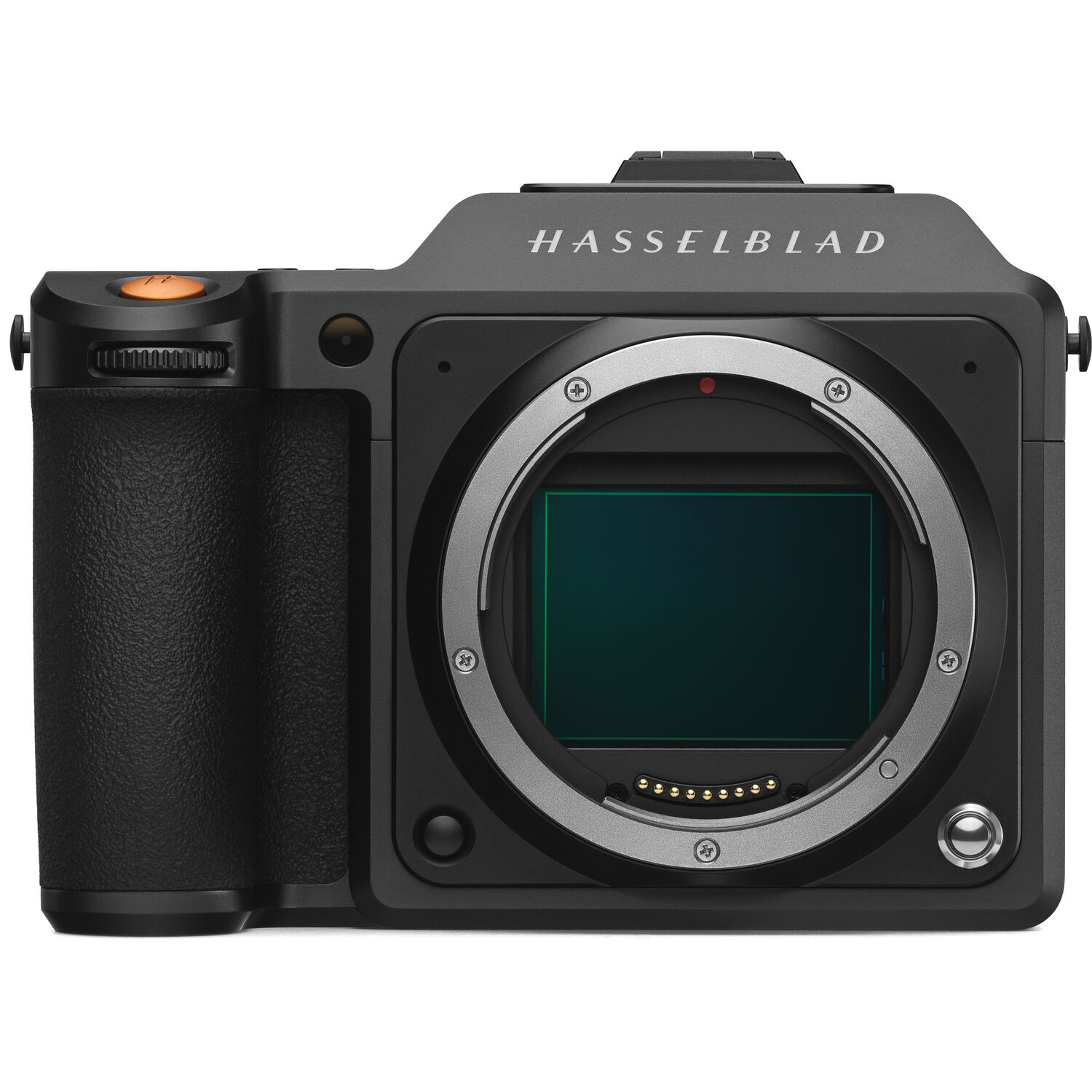
While it's technologically eclipsed by the X2D II, the OG X2D is still a powerhouse camera if you mostly photograph subjects that don't move – such as studio shoots, landscapes and architecture. Its RRP is still higher than its newer brother, so only pick it up if you see a rebate!
Best Hasselblad camera
Why you can trust Digital Camera World
Best Hassleblad camera overall
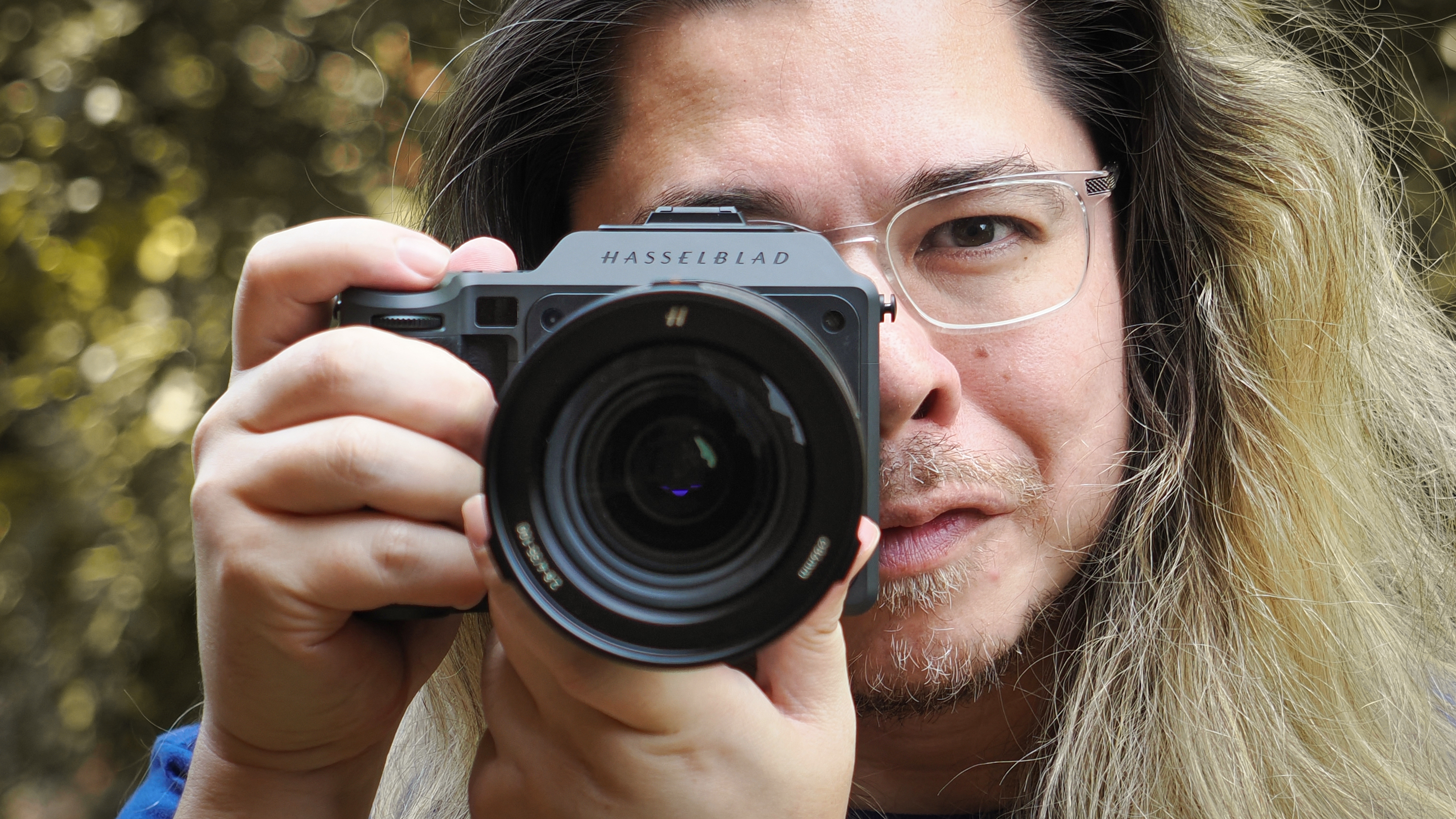
Specifications
Reasons to buy
Reasons to avoid
The X2D II is, quite simply, the finest photographic camera I've ever used – and a huge improvement over the already amazing X2D.
At its core, it has the same fantastic capability as its more seasoned sibling. The 100MP sensor has been fine-tuned with Hasselblad's Natural Color Selection to produce the richest, deepest, most authentic colors and tones of any camera. But the X2D takes that even further, with Hassy's HDR tech that gives the new camera an unprecedented 15.3 stops of dynamic range.
This dovetails with a new, true-HDR rear screen rated at 1,400nits with a 2,000,000:1 contrast ratio and a more accurate color gamut – so you can see the the actual HDR image you've just taken, complete with the expanded dynamic range highlights. The screen also now extends out from the body, so the EVF no longer blocks your view when you're shooting top-down. In other ergonomic improvements, there's also a joystick!
The big differences, however, come in autofocus and stabilization. The X2D II is the first mirrorless camera with an integrated LiDAR AF system, which combines with the existing hybrid system for precise, fast focus. On top of that, the camera now possesses deep learning subject detection AF for humans, dogs and cats, and vehicles – and it also introduces continuous autofocus to X System cameras.
In terms of stabilization, the X2D II has another industry best with 10 stops of shake compensation – making this a truly handheld camera for street shoots, action shoots, night shoots… if you and / or your subjects move, this is the camera for you.
Read my full Hasselblad X2D II 100C review
Best Hassleblad camera for customization
Specifications
Reasons to buy
Reasons to avoid
The Hasselblad 907X & CFX 100C is a modular version of the original X2D 100C. The 907X is the super-slim "camera" that's effectively just an adapter to mount Hasselblad XCD lenses to the CFV 100C digital back.
This houses the 100MP image sensor and rear screen, but it doesn't just connect to modern lenses via the 907X; this digital back can replace the film backs on legacy Hasselblad film bodies, giving 100MP resolution to 60-year-old cameras! There are even profiles for all of Hassy's legacy lenses, for seamless operability. On top of that, it also connects to field and technical cameras – making this the ultimate medium format modular camera.
There's a large 3.2-inch tilt-angle touchscreen at the rear, but no EVF – though an optical finder and handgrip are available separately. The CFV 100C basically contains the innards of an X2D in the shape of a digital back, so the performance is essentially identical – from the phase detect autofocus to the 1TB of internal storage.
The only difference is, the CFV 100C back has no in-body image stabilization – and there's a lot of rolling shutter on this sensor. So, unless you have very steady hands, sticks or a monopod are a must.
Still, the handling and design of the 907X & CFV100C combo are sublime – and this is a stunningly tactile throwback to the old 500-era film bodies. The quality of the finish, including the black leatherette trim and chrome edging, is classic Hasselblad. If you need modularity – or just plain want the cool looks – the 907X combo is the way to go.
See our full Hasselblad 907X & CFV 100C review
Best Hassleblad camera for static subjects
Specifications
Reasons to buy
Reasons to avoid
This one has a bit of an asterisk beside it, because the original Hasselblad X2D 100C technically has a higher RRP than the newer and better X2D II. However, there are rebates floating around for the OG model (B&H offered a $1,600 discount when the X2D II launched) and of course it has a second life on the used market.
So if you can find the X2D at a lower price, should you buy it? If your subjects don't move around, the answer might be yes! Here's what you don't get with the X2D: 10 stops of stabilization (this camera has 7), LiDAR autofocus, continuous AF, subject detection AF, a joystick, a true HDR screen (and about a third of a stop less dynamic range) that extends from the body.
But honestly, having used both cameras extensively, what this all boils down to is basically do your subjects move? If you're mainly shooting portraits or still life in a studio, or capturing landscapes or architecture outdoors, you don't need the bells and whistles of the mark II. I'm a portrait photographer and I find the phase detect with face / eye detect on this camera to be just fine for one-to-one client work.
Other than that, the joystick is something that everyone has been crying out for since the very first X1D – but truthfully, I get on just fine using the rear screen to touch-and-drag AF points while looking through the EVF (I actually do this even on the X2D II, despite it having a joystick!). The only real complaint I have about the X2D is that the viewfinder obscures a huge chunk of the rear screen when it's tilted out for top-down shooting (something that the X2D II remedies).
Read my full Hasselblad X2D 100C review
How to choose the best Hassleblad camera
This used to be a more complicated question, as Hasselblad used to offer its H System of medium format DSLRs alongside the X System of mirrorless cameras. However, while you can still buy H System bodies and backs (which contain "true" medium format sensors, closer in dimension to the 645 format) on the used market, Hasselblad has now shifted to its mirrorless offerings.
In short, if you're looking for a conventional mirrorless camera for handheld and all-purpose shooting, the X2D II 100C is the best overall. If you want a modular system, enabling you to use the digital back with legacy Hasselblad bodies or other technical cameras, it's the 907X & CFV 100C. And if you shoot static subjects, and don't need the latest AF, the X2D 100C is for you.
How we test Hassleblad cameras
When I review Hasselblad cameras, I assess the image quality as well as how the camera handles and what it's actually like to use in the field and on professional jobs. I consider everything from battery life to ease of use, autofocus performance to how it "feels" – the latter being uniquely important to these bodies, being as they are luxury cameras.
Image quality is gauged both by real-life shooting, seeing how in-camera images behave on location as well as how much latitude is in the RAWs for post-processing, along with a dedicated battery of lab tests conducted by our lab manager, Ben Andrews.
These assess resolution, dynamic range, and signal-to-noise ratio. Resolution is measured using ISO resolution charts, dynamic range is measured using DxO Analyzer test equipment and DxO Analyzer is also used for noise analysis across the camera's ISO range.
Find out more about how we test and review on Digital Camera World.
The best camera deals, reviews, product advice, and unmissable photography news, direct to your inbox!

James has 25 years experience as a journalist, serving as the head of Digital Camera World for 7 of them. He started working in the photography industry in 2014, product testing and shooting ad campaigns for Olympus, as well as clients like Aston Martin Racing, Elinchrom and L'Oréal. An Olympus / OM System, Canon and Hasselblad shooter, he has a wealth of knowledge on cameras of all makes – and he loves instant cameras, too.
